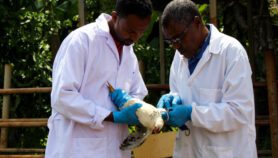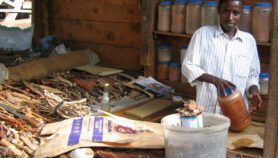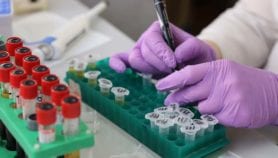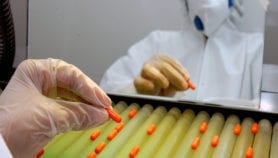Send to a friend
The details you provide on this page will not be used to send unsolicited email, and will not be sold to a 3rd party. See privacy policy.
Scientists have discovered thousands of potential new drug compounds for tackling malaria.
Malaria, caused by a parasite carried by mosquitoes, kills hundreds of thousands of people each year, with the highest disease burden in Sub-Saharan Africa, and resistance to existing drugs threatens to make it even deadlier.
But now, two papers in Nature report on a variety of chemicals, each active against malaria parasites, and thus with the potential to be developed into a future drug.
Armand Guiguemde, of St Jude’s Children’s Research Hospital, United States, and his team screened some 310,000 chemicals and found more than 1,100 with promising anti-malarial effects [1].
Many of these targeted places on the malarial parasite different from the places targeted by current drugs. This means there is unlikely to be pre-existing resistance to the new compounds. In models, two worked well alongside artemisins.
In the second paper, Francisco-Javier Gamo of drug company GlaxoSmithKline’s (GSK) Tres Cantos Medicines Development Campus in Spain, and his team screened nearly 2 million compounds from GSK’s library, identifying 13,500 antimalarial chemicals [2].
Some 8,000 worked well against multi drug-resistant Plasmodium falciparum parasites, and some 11,000 that were previously property of GSK are now available to researchers for further study.
From today, the structures of the compounds will be available on public websites for the scientific community to use. It is the first time that a drug company has made public the structures of so many molecules
The research comes at a time when the first signs of resistance to the only fully effective antimalarial drugs — artemisins — are starting to emerge in South-East Asia.
Link to article in Nature
Link to first paper in Nature
Link to second paper in Nature













